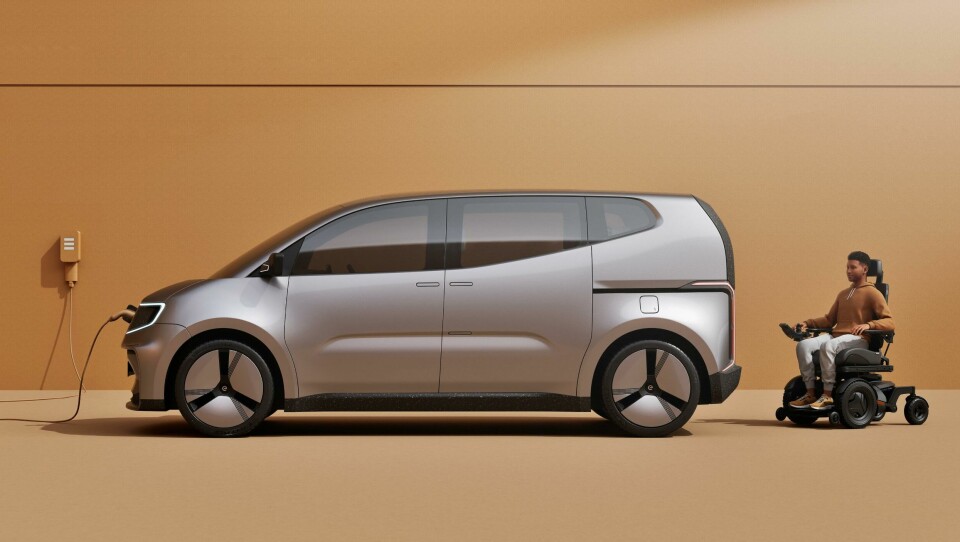
New concept challenges EV accessibility
Callum has teamed up with Motability Operations to address a vehicle segment that is generally overlooked by today’s EV makers. The eVITA concept aims to combine functionality with style, and was designed using feedback from focus groups
Passenger cars today are designed for the many, not the few. A natural result is that those with mobility challenges are generally underserved, with solutions that are either too generic, not fit for purpose or perfectly functional but lacking any real desirability factor. The team at Callum has taken this head on with its latest concept, the eVITA, which aims to be more inclusive and is designed to reflect the needs of wheelchair users in particular.
This article opens with mention of “the few” but that is perhaps misleading. Motability Operations, the UK-based organisation that represents disabled motorists, has identified some 34,000 users of wheelchair accessible vehicles in the country that could be left behind in the transition to EVs. This cannot happen.
Now, that is not to suggest that an innovative concept vehicle is the answer, but it is certainly a strong start. It is also less pie-in-the-sky than the fabled robotaxi trend, which although showing promise continues to face the same challenges it did a decade ago (namely: crashing into things or refusing to move, like a stubborn dog).
Callum founder, Ian Callum, told CDN that the project resulted from conversations with Motability back in 2022 after recognising that many wheelchair users would not be supported by upcoming EV designs, or forced to shell out on a much larger, expensive vehicle than they would like. This is because traditional battery platforms raise the height of the floor, eating into interior space and restricting access. Leaning on his background as an industrial designer, Callum says this was one of those ‘problem solving’ challenges that he always enjoys, and brought the wider team together to find a solution.
“Callum is much more than a styling outfit – we can approach such issues seriously and resolve them, working hand-in-hand with our own engineering team to ensure the solution can be brought to market,” he says. “Our whole intention with Callum was to have the freedom to take on the projects that really inspire, resonate with and excite us. This is certainly such a project.”
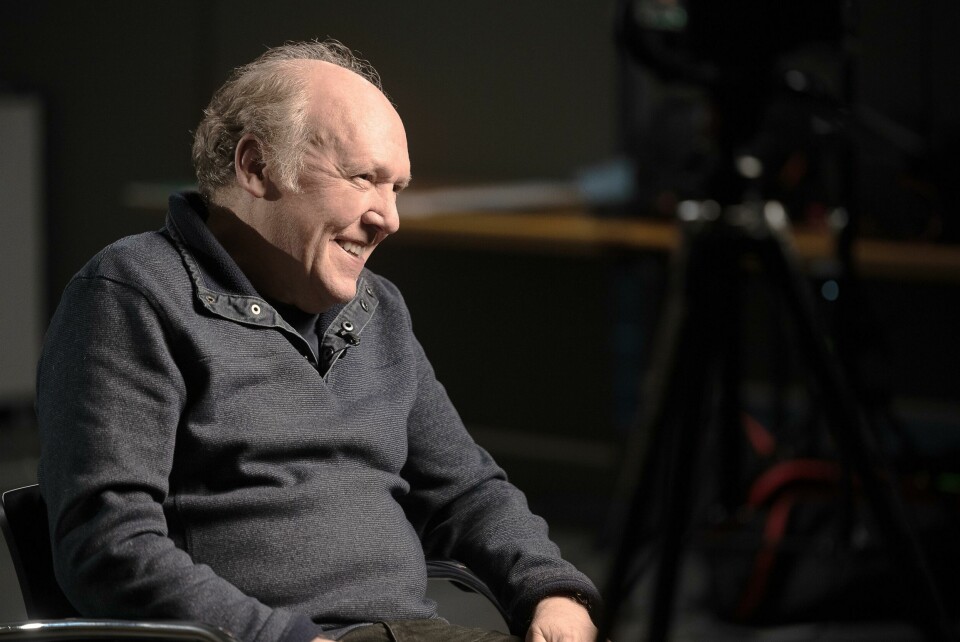
Before embarking on the design process, the project began with a fact-finding mission to see how wheelchair users currently access their vehicles, the challenges they face and any common desires. These customer clinics revealed some obvious issues around access, but also raised something that has probably been overlooked if carmakers were being honest: stylish design.
We knew that if we designed it properly, it could be a head-turning vehicle in its own right
Enter, the eVITA. Although it carries a traditional minivan silhouette, other angles reveal a different story. Yes, there is a high roofline, a cab-forward layout and short overhangs. But there is also a striking shoulder line that rises deep into the C-pillar, contrasting with the horizontal sliding door mechanism on the rear quarter panel. An expansive glasshouse floods the cabin with light and in combination with contrasting black accents on the roof, wing mirrors and door pillars creates a much sportier look (almost as if there is a Pikes Peak-esque boot spoiler).
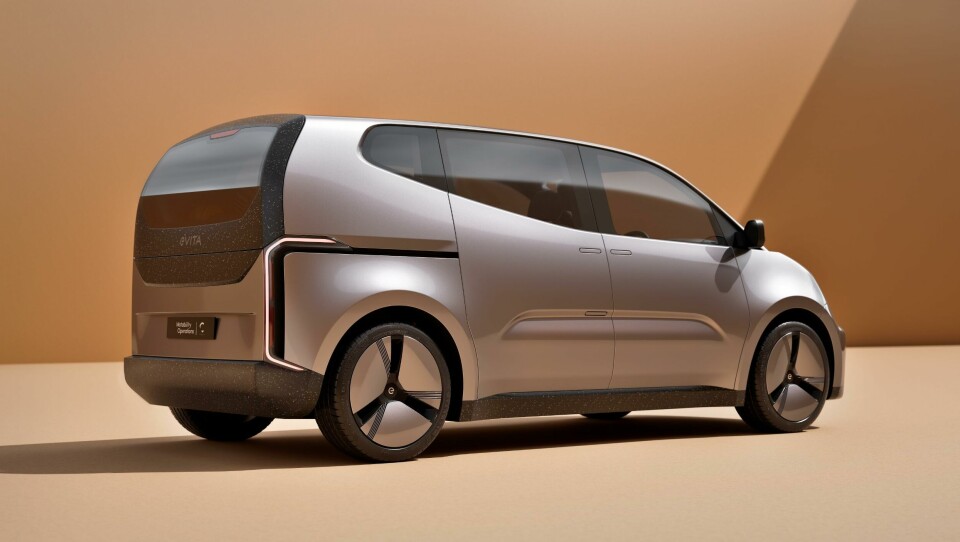
“It’s a humbling opportunity for Callum to create a concept vehicle using inclusive design principles that has the potential to make a real impact on the industry and so many wheelchair users’ lives in the future,” says head of design Aleck Jones. “Form and functionality go hand-in-hand to ensure that this concept delivers on all the practical requirements, but has style too.”
Jones notes that from the research clinics, potential customers noted a desire for a car that “stood out… for the right reasons. They didn’t want it to be a vehicle they needed just because of their specific mobility requirements, they wanted it to be stylish and desirable as well as practical. We prioritised the visual element alongside the functionality, making it look sleek and contemporary, and including dramatic window graphics for impact. We knew that if we designed it properly, it could be a head-turning vehicle in its own right, not just for its functionality.”
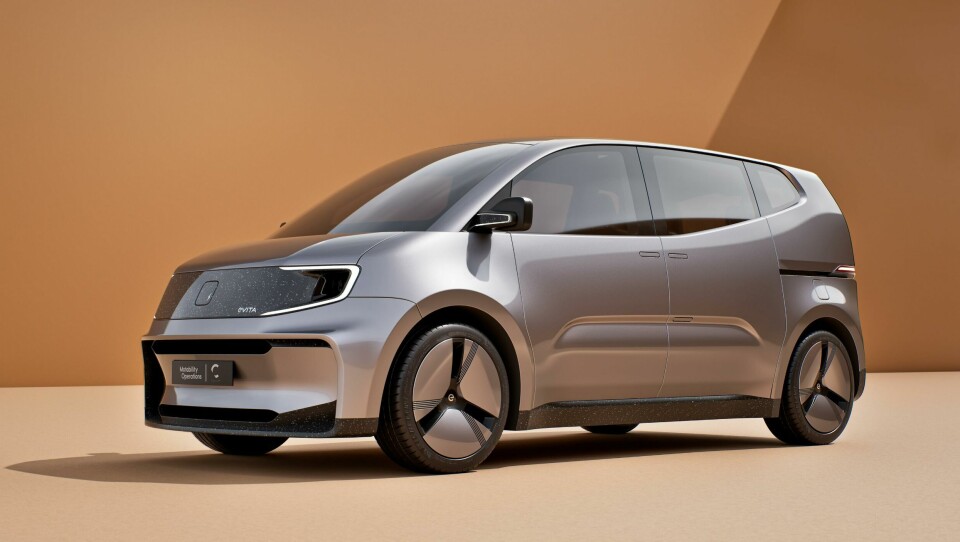
Inside, the three-seat layout dramatically increases open floorspace with enormous luggage bins flanking the central corridor. Entry is gained through a split tailgate and ramp, with the boot lid designed to provide protection from the rain. Wheelchair users have access to their own instrument panel, complete with an independent touchscreen and joystick control that closely replicates that of a motorised wheelchair. Climate control and a wireless charging pad can also be found on the seat back, which folds down like a side table.
There is plenty of space packed into a relatively tight footprint for something in this segment. Overall length is 4,520mm, width 1,908mm and height 1,800mm, with a wheelbase of 2,980mm. To put that in perspective, it is a little shorter than a Volkswagen Tiguan but with a longer wheelbase than a BMW X5 (and taller, too). Engineering efforts were led by Adam Donfrancesco, with a focus on battery packaging and reducing the vehicle’s ride height – eventually landing on 160mm – on par with a conventional hatchback.
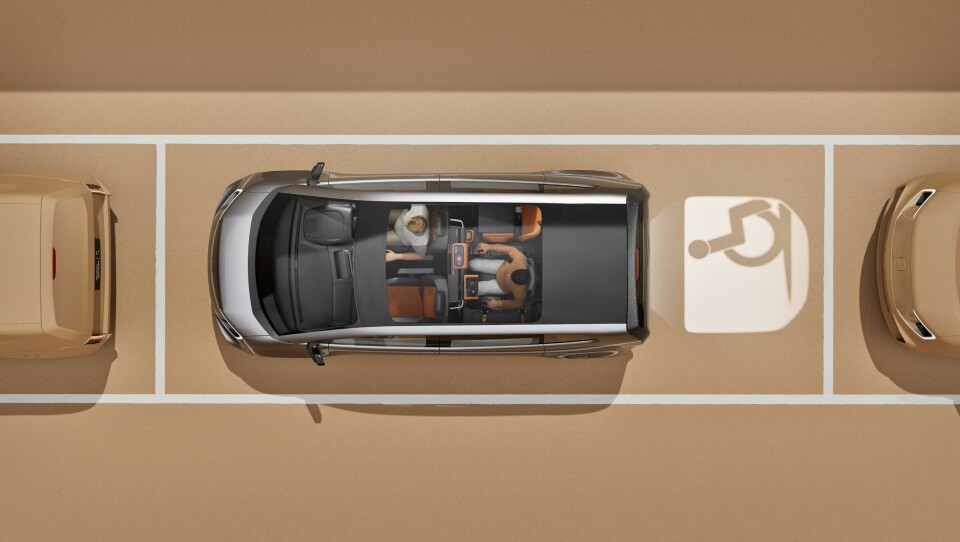
To get a better understanding of what was needed, creative designer Ruben Lansley decided to get a first-hand understanding of what it is like in the back of a wheelchair-accessible vehicle on a long journey. He found that visibility was poor and even led to motion sickness.
4,000 applications for wheelchair-accessible vehicles are received in the UK each year
“Being 6’3” tall, the seating position meant that I was very high in the rear. My vision was limited to seeing the header, while the angle meant peripherally I could only see the road speeding past, rather than seeing out to the horizon and surroundings,” Lansley explains. “The eVITA concept with its tailored glasshouse and lowered floor addresses this, while the wheelchair user is positioned slightly off centre so they have a better view of the driver for improved communication.”
The CMF theme revolves around grey and orange and does well to find a balance between feeling premium and ‘fun’. CDN certainly approves of the orange.
“The bold orange colour was chosen for a number of reasons,” explains CMF designer Charlotte Jones. “We wanted to bring a vibrancy to the interior, while also making it an uplifting space. This vivid shade was used intentionally to draw attention to and showcase the features that have been specially curated for the wheelchair user, highlighting these functional elements. Additionally, the zesty hue is known for its warmth and positivity, which we felt reflects the change that this project is all about.”
As it happens, a pale orange dubbed ‘Apricot Crush’ was recently forecast to be colour of the year for 2024 for almost these exact reasons.
As we wrote last month, Callum is keen to tap the creative expertise of young designers and has ensured that student internships are very much hands on. The partnership between Motability and Callum started in 2022 and began when design and engineering students from Coventry and Glasgow were asked to collaborate on an electric wheelchair-accessible concept.
Proposals put forward by Zoe Graham (The Glasgow School of Art) and Yikuan Zhang (Coventry University) stood out and landed paid internships with Callum to work on the project. “Both have greatly contributed to eVITA, with the ramp light projection being Zoe’s idea that she’s refined with the help of the rest of the team,” says Callum. “Obviously, this was no easy challenge, so it’s had the full support from the Callum design and engineering teams to ensure the concept addresses all requirements.”
So what next? Industrialisation, ideally, but the team also simply hopes to have inspired existing carmakers to work on similar projects; Motability notes that around 4,000 applications for wheelchair-accessible vehicles are received in the UK each year.
“Now that the concept is out there and is showcasing what can be achieved when a vehicle starts from a point of inclusivity, we hope that car manufacturers will take a new approach,” concludes Callum. ”We would love for OEMs and the wider automotive industry to engage with Motability Operations to address this issue at the outset of EV design. That way we can all ensure that wheelchair users will have appropriate options when switching to EVs in the future.”















